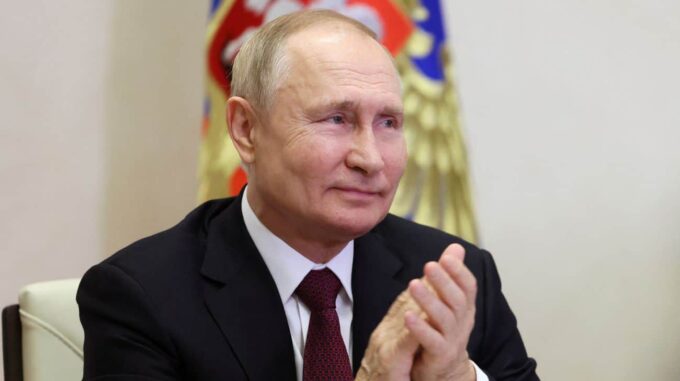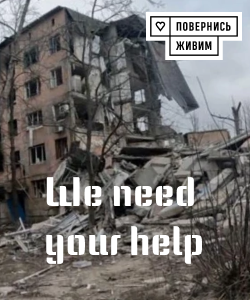In light of recent diplomatic talks and rapid changes within the context of the Ukraine-Russia conflict, new signals have emerged that could fundamentally influence the course of the conflict and the future peace process

According to the British publication Financial Times, which cites three senior officials close to the U.S. administration, the Kremlin leader Vladimir Putin made an unexpected proposal to freeze the front lines in Ukraine. This marks the first official statement from the Russian president since the beginning of the full-scale invasion three years ago. According to FT sources, last week Putin, during negotiations with U.S. envoy Steve Vixote, emphasized that Moscow is willing to abandon claims to control over the non-occupied parts of four Ukrainian regions. This statement was unexpected, as previously the official Moscow adhered to maximalist positions regarding its objectives in the war, demanding Kyiv’s capitulation and repeatedly threatening further territorial gains. In fact, this step can be viewed as a first break from Moscow’s maximalist rhetoric, signaling a willingness to explore a new path in the negotiation process. Against this background, Washington reportedly put forward its own options for potential conflict resolution, some of which have already attracted media attention. However, diplomatic circles remain cautious about Moscow’s true intentions. European officials, speaking anonymously to journalists, suggest that Putin might use this concession to engage in political games with the U.S. This includes an increasing risk that Moscow will attempt to leverage this “step” to sway the Biden administration toward accepting other, more demanding and direct demands. Specifically, there are mentions of the possibility of Russia being compelled to recognize the annexation of Crimea or the introduction of a ban on Ukraine’s NATO accession—a longstanding issue on Moscow’s agenda that causes deep concern in Kyiv and among its allies. The internal political situation in the U.S., along with Trump’s desire to gain political leverage if he returns to the White House, adds further tension. It is worth noting that just prior to these events, American media reported about upcoming talks in London on April 23, where foreign ministers and high officials from Ukraine, the U.S., and Europe would discuss conflict resolution options. According to sources, one of the main topics will be the proposal to recognize Russia’s annexation of Crimea and the idea of freezing the front line. Ukrainian President Volodymyr Zelensky officially stated that Kyiv has not received such official proposals at this time. Meanwhile, former President Donald Trump, who recently announced the possibility of revealing his “peace plan” for Ukraine, said he would open all his cards and share his developments within the next week. This raises even more questions about the future steps of the U.S. and Russia, which could significantly impact the duration and nature of the war. Overall, the situation remains tense and susceptible to rapid changes. In light of new diplomatic initiatives, Moscow, Kyiv, and Washington are in a state of uncertainty, each trying to find their optimal solution. However, one thing is clear: the situation around the Ukrainian crisis remains complex, and the tensions of the conflict are on the brink of either escalating further or breaking through towards peace.

